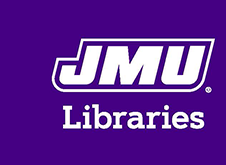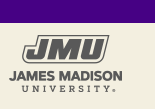Creative Commons License

This work is licensed under a Creative Commons Attribution-NonCommercial 4.0 International License
ORCID
https://orcid.org/0009-0004-4121-1872
Date of Graduation
12-14-2024
Semester of Graduation
Fall
Degree Name
Doctor of Nursing Practice (DNP)
Department
School of Nursing
First Advisor
Erica Lewis
Second Advisor
Christine Argenbright
Abstract
Opioid overdose deaths remain one of the largest public health challenges in the United States. Naloxone allocation is an important tool to help combat opioid overdose deaths. The literature supports that hospitalized patients are generally receptive to receiving naloxone and opioid education and interdisciplinary teams working together can help facilitate identification of high-risk patients for naloxone allocation. This quality improvement change, guided by the IHI Triple Aims and Model for Healthcare Improvement frameworks, sought to increase the rate of patients leaving the Hospital Medicine Service with naloxone. To accomplish this, during the target units’ daily interdisciplinary rounds, providers were prompted by the care coordination teams to identify if a patient approaching discharge would benefit from a naloxone prescription. Once identified, prescriptions were sent to the hospital’s discharge pharmacy to be filled. Rates of naloxone prescriptions sent and filled at the hospital’s discharge pharmacy were compared over a six-week period before the change and during the change. Rates of naloxone prescriptions sent and filled increased by 140.4% and 40.3%, respectively. The project met its aims. Future QI changes should seek to provide individualized counseling to patients and allocate naloxone at reduced or no cost.
Included in
Medical Pharmacology Commons, Public Health and Community Nursing Commons, Toxicology Commons


